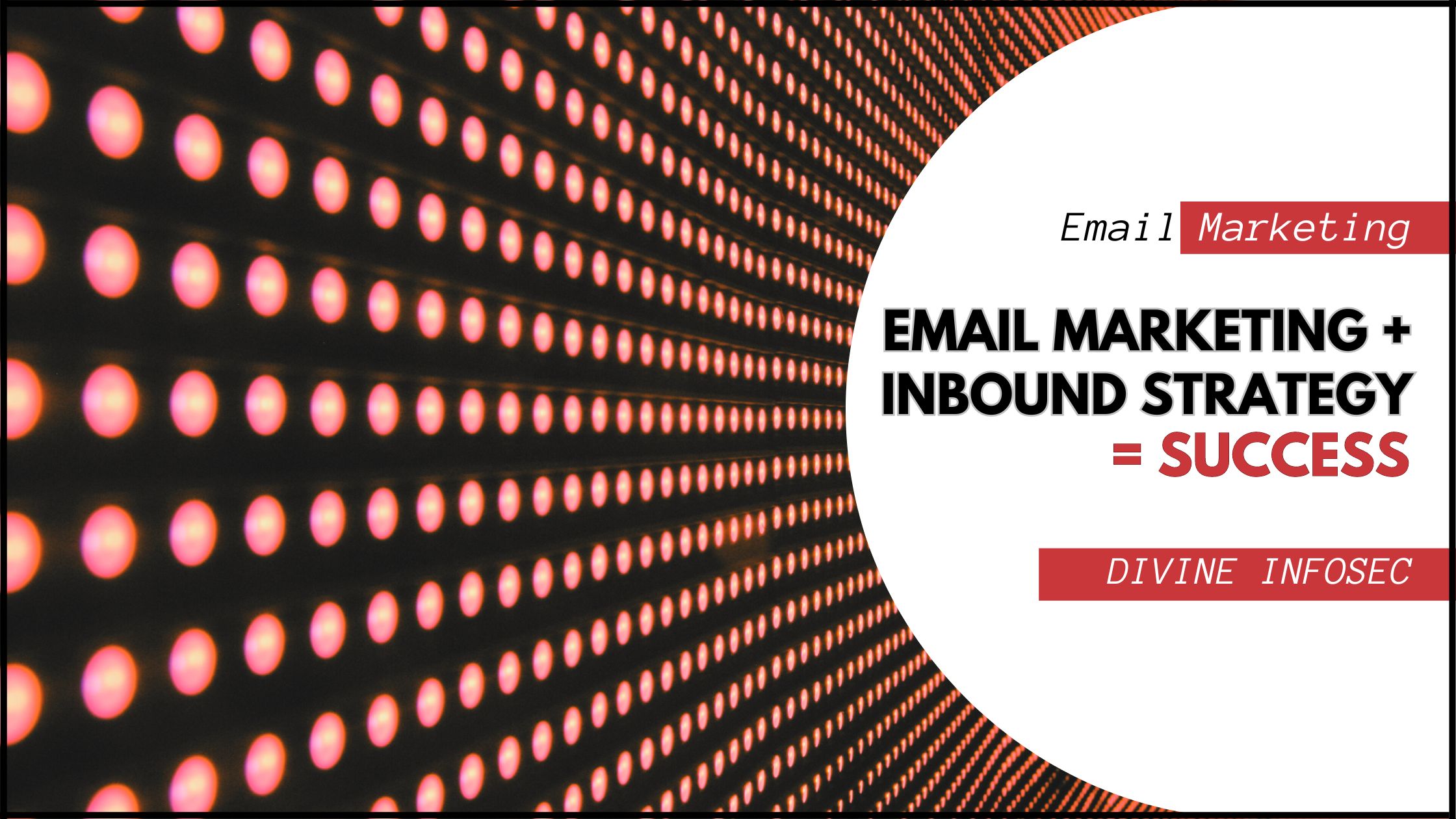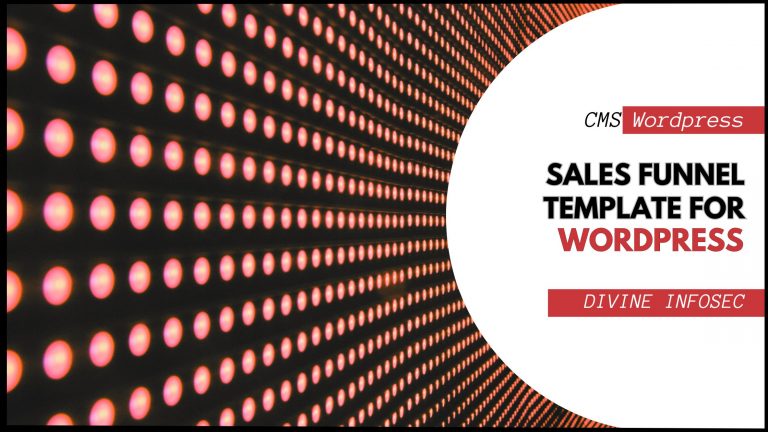In today’s digital marketing landscape, where algorithms and social media trends constantly shift, having a strong inbound strategy is crucial. Inbound marketing focuses on attracting customers through valuable content and building relationships, rather than interrupting them with intrusive outbound tactics.
One of the most powerful tools in your inbound arsenal? Email marketing. It might seem old-school compared to flashy social media campaigns, but email remains a highly effective channel for reaching your target audience, nurturing leads, and driving conversions. Here’s how email marketing can fuel your overall inbound strategy:
Table of Contents
1. Building and Nurturing Relationships:
- Direct Communication Channel: Email establishes a direct line of communication with your audience. Unlike social media platforms where content visibility can be fickle, emails land directly in inboxes, ensuring your message reaches interested recipients.
- Personalized Engagement: Email marketing allows for segmentation and personalization. You can tailor your messages to specific customer segments based on demographics, interests, and purchase history. This personalized approach fosters trust and strengthens relationships with your brand.
- Two-Way Street: Emails aren’t just one-way broadcasts. They can spark conversations by including surveys, polls, or CTAs (calls to action) encouraging replies. This valuable feedback helps you understand your audience better and tailor your future communications accordingly.
2. Content Distribution Powerhouse:
- Promoting Valuable Content: Emails are a fantastic platform to promote your valuable content, like blog posts, white papers, or infographics. By crafting compelling email subject lines and email previews, you can entice readers to click through and engage with your content.
- Content Drip Campaigns: Develop nurture sequences or “drip campaigns” that deliver a series of targeted emails over time. These sequences can educate leads, showcase your expertise, and gradually move them further down the sales funnel.
- Website Traffic Booster: Emails can effectively drive traffic back to your website. Include CTAs throughout your emails, encouraging readers to visit specific landing pages, product pages, or subscribe for further updates.
3. Effective Lead Generation and Nurturing:
- Lead Capture Magnets: Use email marketing to promote lead capture magnets like ebooks, webinars, or free trials. These enticements encourage visitors to share their email addresses in exchange for valuable content, growing your email list with qualified leads.
- Lead Nurturing Workflows: Once you have leads, nurture them with targeted email campaigns. Provide them with informative content relevant to their interests and stage in the buyer’s journey. This helps build trust and position your brand as a thought leader in your industry.
- Segmentation for Targeted Offers: Segment your email list based on lead behavior and demographics. This allows you to send targeted promotional offers or discounts that resonate with specific segments, increasing the likelihood of conversions.
4. Measurable Results and Data-Driven Approach:
- Trackable Performance: Email marketing offers a wealth of valuable data. Track key metrics like open rates, click-through rates, and conversion rates to measure the effectiveness of your campaigns.
- Data-Driven Optimization: Analyze your email data to identify what resonates with your audience and what doesn’t. Use these insights to refine your email strategies, subject lines, and content for future campaigns.
- A/B Testing: A/B testing allows you to compare different versions of your emails (subject lines, CTAs, or content) to see which ones perform better. This data-driven approach helps you optimize your campaigns for maximum impact.
5. Re-Engaging Inactive Subscribers and Boosting Retention:
- Win-Back Campaigns: Don’t let inactive subscribers languish. Design win-back campaigns to re-engage them with your brand. Offer exclusive content, discounts, or simply remind them of the value you provide.
- Relevancy is Key: To keep subscribers engaged, ensure your emails are relevant and provide value. Focus on delivering content that aligns with their interests and needs.
- Segmentation for Re-Engagement: Segment inactive subscribers to tailor your re-engagement efforts. For instance, you might offer different incentives to those who haven’t opened emails in a while versus those who haven’t clicked on CTAs.
Conclusion:
Email marketing, when leveraged effectively, can be a game-changer for your inbound strategy. It fosters relationships, distributes valuable content, nurtures leads, and ultimately drives conversions. By focusing on building trust, personalization, and data-driven optimization, you can use email marketing to turn casual website visitors into loyal customers.
So, don’t underestimate the power of email. Integrate it into your inbound strategy and watch your brand engagement and customer base soar.







